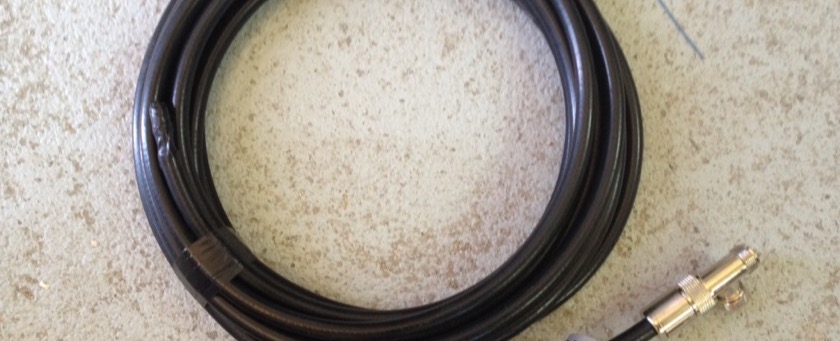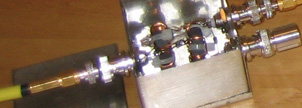Over the last few years, I spent a lot of time simulating antennas. One annoyance I encountered over and over was the unavailability of values for ground conductivity and the relative permittivity. Two figures have quite an impact on the antenna performance, especially on vertical antennas. This finally led to the conclusion that both figures need to be measured. In early 2012 I built a measurement kit and finally determined ground conductivity and relative permittivity at our contest station.





